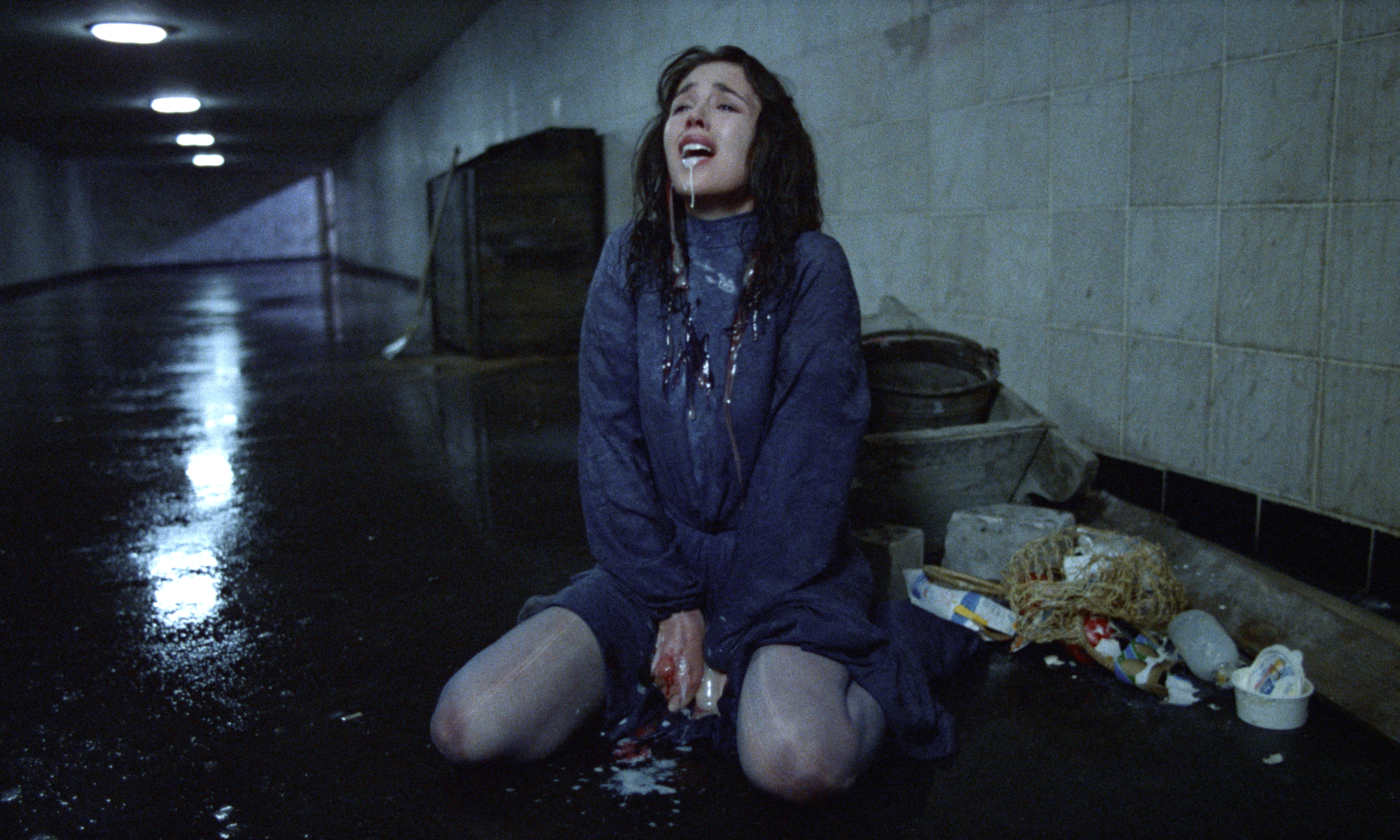Fantastic Fest 2021: Dispatch 3
Directors Sarah Appleton and Phillip Escott tackle the titular horror sub-genre with the documentary The Found Footage Phenomenon. If you're a fan of such movies, you're going to know a lot of this stuff already, but it’s still fun to see filmmakers talk about their work and inspirations. The big titles and their directors all make appearances, including The Blair Witch Project, Rec, and Paranormal Activity. But the best parts of the documentary are the examinations of how these films have been received by audiences and the forces that have made them more accessible and believable. The events of 9/11 and the rise of YouTube in the last few decades have brought an entirely new dimension for discussion with plenty of conjecture about what is to come for the genre. Unfortunately, this exploration is a bit overlong, running about a half-hour more than most of the films it celebrates. Grade: B-minus —Joel Winstead
I watched Andrzej Żuławski’s Possession alone in the little room of my house where I watch all my movies. Afterwards, I sat in silence contemplating what I’d just seen, trying to put my head around what any of it meant. That night, I vaguely dreamt about the film and its events, and awoke the next morning feeling unbalanced. It was then that I realized Possession counted among the finest works of art I’d ever seen, and that it would be added to my index of films that all others are judged against.
What begins as the story of an ugly marital break-up and then devolves into an outrageous display of monstrous ferocity goes so far down its own rabbit hole that it can’t possibly find its way out — and then it goes irresistibly farther. Using visceral exhibitions of human emotion and revolting humanoid grotesqueries, Żuławski brilliantly melds body horror and allegory into both a perverse kind of therapy for his own bitter divorce, and a deliberate affront to Cold War divisions. Although fractured and often confounding, Possession nevertheless remains a slick, multi-layered political statement and a confession of inadequacy all at once. It also happens to be one of the most wonderfully disturbing movies you’ll find. I simply can’t get enough of it.
What Possession is not is forgettable or predictable. Its stars — Isabelle Adjani and Sam Neill — both contend that making it was a physically and mentally exhaustive experience, something clearly evident in their performances, especially Adjani’s. Watching her as the sometimes aloof, sometimes utterly unhinged Anna is equal parts shocking and sympathetic. Her crazed eyes are offset by the realization that she is the victim of unrealistic expectations and gaslighting, and that nothing she does short of complete supplication will satisfy her needy, controlling husband. Her famous scene in the Berlin subway (which, in my opinion, is more memorable than the famous creature effects), is one of the most horrifying sequences ever filmed. It’s a blazing, terrifying performance that words can’t do justice to, and must be seen (or felt, perhaps) to understand. It refuses to leave my mind.
Possession is not for the faint of heart or for those who prefer their movies to play by a standardized set of rules. It can be a chore, but its rewards outweigh any possible side effects. I will begrudge no one who finds its complexities or derangements too disturbing or baffling to enjoy, but I urge you to take a measured look at its artistry, even if it’s against your better judgement. The hysteria that surrounds Possession lies in what is seen, but its beauty lies in the power of experiencing it. Grade: A-plus —James Rosario
The resilient found-footage (on tape!) series rolls on with V/H/S/94, a mostly engaging collection of horror shorts that tap into the current early-mid ’90s nostalgia boom. Like its three predecessors from the past decade, the framing device — this time involving a SWAT team raiding a creepy, screen-filled compound — proves to be its weakest element, mainly for distracting from the shorts themselves, whose existence don’t require explanation, despite each short drawing undue attention to their camera sources. All four chapters deliver their share of unsettling imagery, scares, and copious carnage, though urban legend investigation “Storm Drain” and the militia compound-set “Terror” are the only ones that feel like complete stories. Conversely, the promising, atmospheric “The Empty Wake” rushes to a shoddy conclusion and mad scientist “The Subject” grows repetitive in its grisliness, lessening the impact of its creative human/robot hybrids. Grade: B-minus —Edwin Arnaudin
(Photos courtesy of Fantastic Fest)






